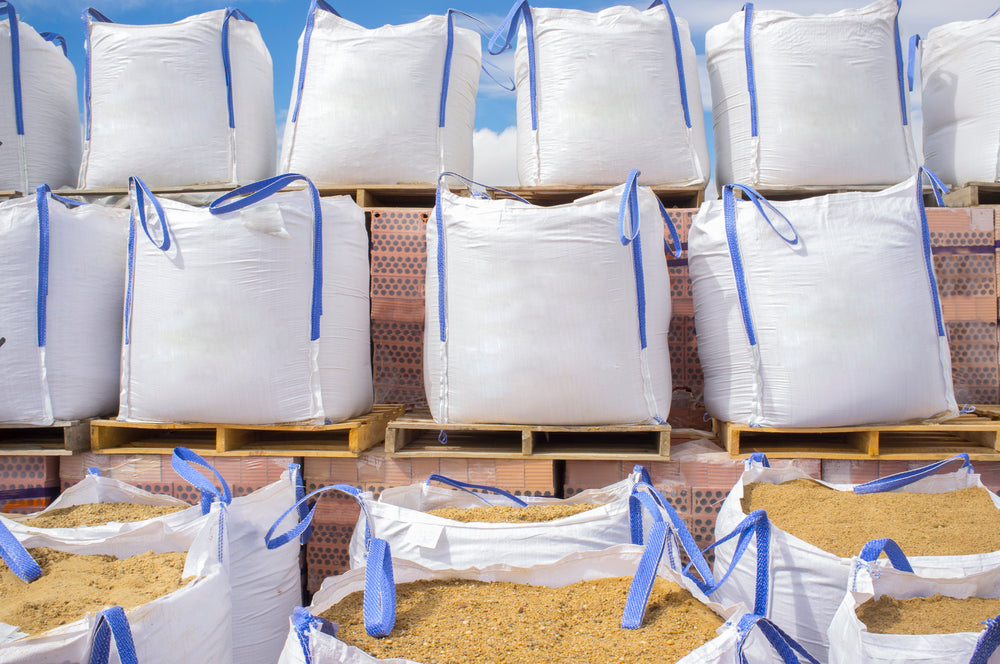
Your Sandbag Questions Answered: An FAQ Guide
Share
When floodwaters threaten, sandbags become an essential line of defense. Many people turn to these simple tools for protection against water damage but often have questions about proper use, effectiveness, and disposal. This FAQ guide aims to answer your most pressing queries about sandbags, ensuring you're equipped with the knowledge to use them effectively.
What Are Sandbags and How Do They Work?
Sandbags are small bags made from materials like burlap or plastic that are filled with sand or soil. They work by piling up to create a barrier against floodwaters. The weight of the sand allows the bags to mold to each other and the ground, forming a semi-impermeable structure that can divert or block water.
How Effective Are Sandbags in Flood Control?
Sandbags are most effective for short-term defense against low-flow water surges and minor flooding. They can reduce the speed and amount of water seeping into your property but are not entirely waterproof. For higher floods or long-term solutions, more robust flood barriers are recommended.
What Types of Sand Should I Use?
The best type of sand for filling sandbags is coarse, sharp sand. This kind of sand has larger particles, making the bags heavier and less likely to erode under the pressure of moving water. Avoid using fine sand or dirt, as it can wash out of the bags more easily and reduce their effectiveness.
How Do I Properly Fill and Stack Sandbags?
To fill sandbags efficiently, fill them to just two-thirds full. This allows the bags to be flexible enough to mold tightly against each other and the ground, creating a more effective barrier. When stacking, place the bags tightly together in staggered layers. If you're preparing for water to come through, tuck the open end of each bag under the rest of the material, facing against the water flow.
Can I Reuse Sandbags?
Whether or not you can reuse sandbags depends on their condition after use. If the bags aren't damaged and the sand isn't contaminated, you can dry them out and store them for future use. However, if the bags have been in contact with contaminated floodwaters, it's safer to dispose of them to avoid health hazards.
How Should I Dispose of Sandbags?
Disposing of used sandbags must be done carefully, especially if they've been in contact with contaminated water. Consult your local waste management guidelines. Typically, you can empty the sand in an appropriate location if it's not contaminated and then recycle or dispose of the empty bags according to local regulations.
Are There Alternatives to Sandbags?
Yes, there are several alternatives to sandbags that can be more effective in certain situations. These include water-filled barriers, which are quicker to deploy and can form a stronger and more water-resistant barrier. Absorbent flood bags, which swell upon contact with water, are another innovative option, providing a quick and easy solution to create barriers.
While sandbags are a simple and often accessible solution for flood protection, they do have limitations. By understanding how to properly use and manage sandbags, you can ensure they serve their purpose effectively. Remember, the key to flood preparedness is early action and having multiple strategies in place. Stay informed, stay prepared, and stay safe.
